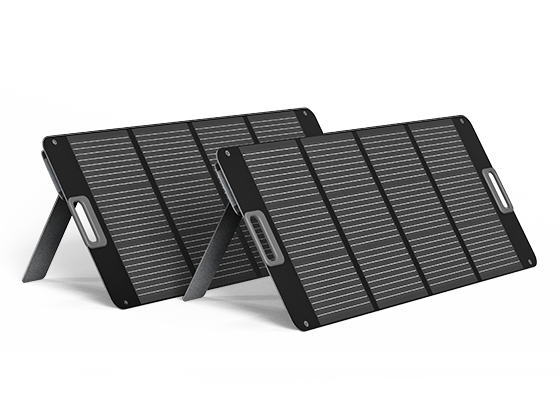A Lithium-ion or Li-ion battery is a type of rechargeable battery that uses the reversible reduction of lithium ions to store energy. A Lithium-ion battery is typically made up of lithium phosphate (LFP), Lithium nickel manganese cobalt oxide (NMC), nickel cobalt aluminum oxides(NCA), Lithium Cobalt Oxide (LCO), Lithium Manganese Oxide (LMO), etc. This section will focus on lithium iron phosphate battery and the ternary lithium battery.

What is lithium iron phosphate (LiFePO4) battery
The lithium iron phosphate (LiFePO4) battery is a type of lithium-ion battery using lithium, iron, and phosphate as the cathode material, all of which can be sourced easily and sustainably as there are an abundancy of these resources on earth. It has a nominal voltage of 3.2 volts, and it can be sufficiently charged to a longer lifespan. The olivine structure of LiFePO4 helps achieve its high temperature sustainability. However, the energy density and low temperature capability is lower. Thus, LiFePO4 battery is usually used on vehicles with less requirement on energy density.
A ternary battery is mainly composed of nickel, cobalt, manganese or nickel, cobalt, and aluminum. Both nickel and cobalt are rare metals, and the earth's stock is finite, resulting in a higher price point for these resources. The working voltage of a ternary lithium battery is high and the energy density and low temperature capability is higher due to its higher lithium diffusion rate and electron mobility. Ternary lithium batteries are usually applied to vehicles or mobile batteries.
From the prospective of cell enclosure, there are three main types of lithium-ion batteries: cylindrical cells, prismatic cells, and pouch cells.
1: Cylindrical cells
Cylindrical cells are generally packaged in a steel shell with the advantages of relatively good consistency and safety. Also, the production process of cylindrical lithium battery is now entering into the mature stage, with high production efficiency, yield rate and a relatively low cost. Although with a good heat dissipation, the design of the battery pack is difficult and the power density is lower. Cylindrical cells are commonly found in medical devices, laptops, electric bikes, and power tools.
2: Prismatic cells
Prismatic cells are a rectangular shape and this allows to efficiently stack multiple units in a battery module. They have a simple structure with relatively great power density and good stability. On the other hand, the market has many different types of prismatic lithium batteries, making make it difficult to unify the process. The monomers are quite different, and there may also be groups of prismatic lithium battery packs that are far less than the life of a single lithium battery. they are better suited for energy-intensive applications such as electric vehicles and mass energy storage systems.
3: Pouch cells
Pouch cells are soft packed with lithium polymers, with the advantages of a higher power density, smaller internal resistance, and a longer cycle life. While, the disadvantage is that lithium polymers are of low production efficiency and yield rates, which makes it more suitable for small and medium-sized storage system and consumer electronics applications.
Conclusion
Each type of lithium-ion battery has its respective pros and cons, and it cannot be replaced by the other types. Thus, there are different types of lithium-ion batteries in the market.
Considering the pros and cons of different types of lithium-ion batteries, Ampace made a calculated decision to apply a soft aluminium coating, achieving a balance among safety, size and weight on small/medium-size storage devices to meet the needs of being an adequate size while having high safety and being lightweight. Ampace adopted the LiFePO4 Hybrid System, combing the advantages of LiFePO4 and a ternary lithium battery. In addition, it contains Olivine molecular structure and Spinel molecular structure simultaneously. This helps to achieve not only the same safety as a LiFePO4 battery, but also higher power density than a traditional LiFePO4 battery. The Ampace battery can deliver 80% of its rated energy under the circumstance of -20°C and it can still be charged while the temperature drops to -10°C. Ampace succeeds in creating batteries that are suitable for all kinds of environments.








